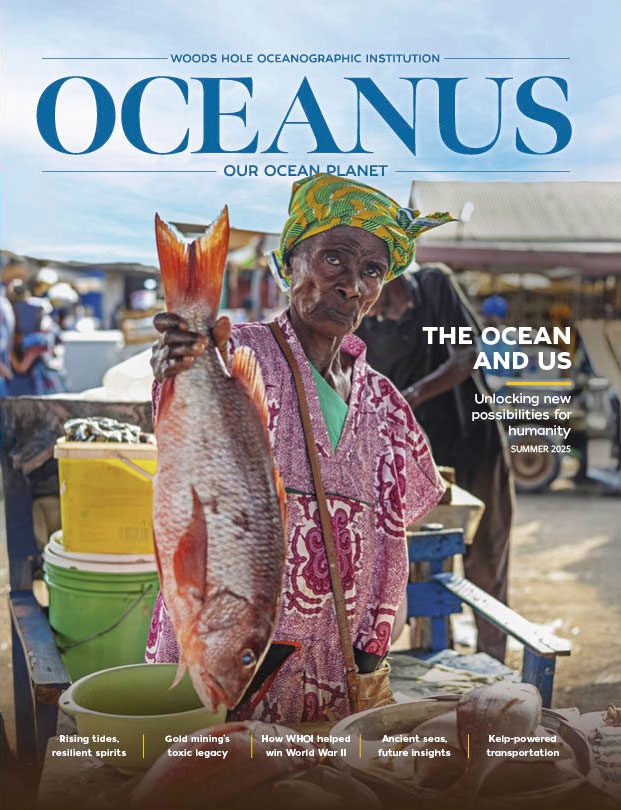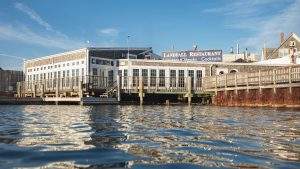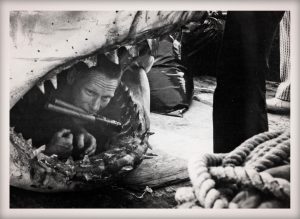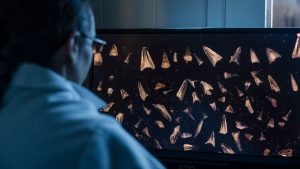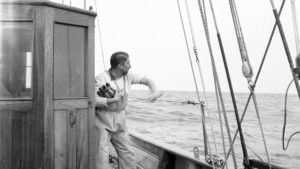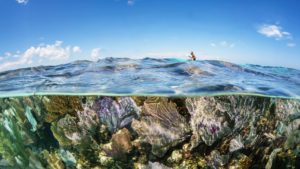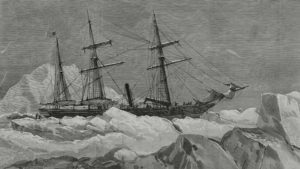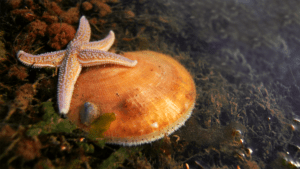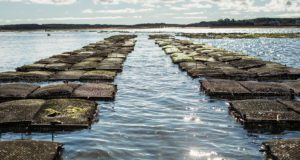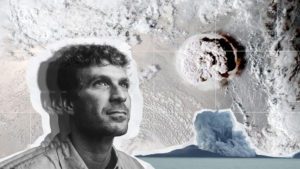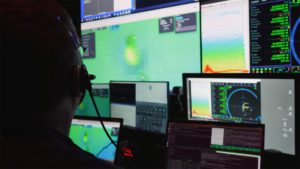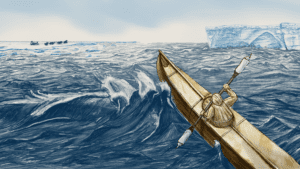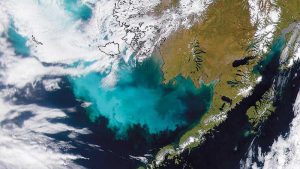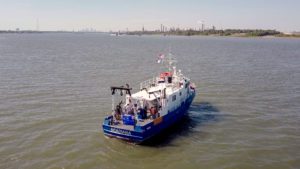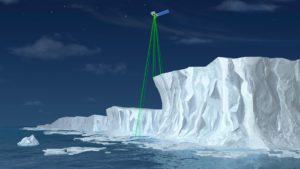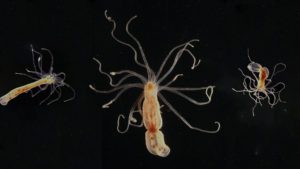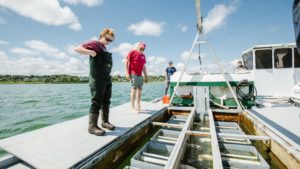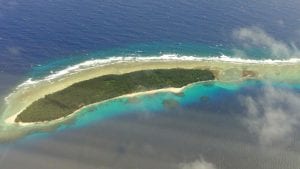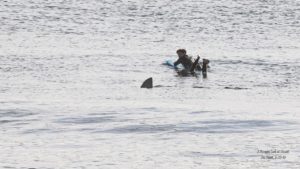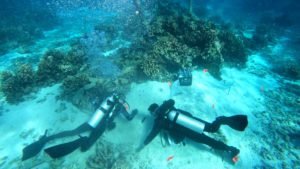Evan Lubofsky

Evan Lubofsky is a science writer and editor at Woods Hole Oceanographic Institution.
After studying journalism at UMass Amherst, he began writing about sensor and instrumentation technologies, eventually working with ocean scientists to tell stories about coral reef ecology, estuarine studies, and other areas of research. He was a 2015 WHOI Ocean Science Journalism Fellow, and his work has appeared in Smithsonian, WIRED, The Verge, Mental Floss, Hakai Magazine, and Frontiers in Ecology among other publications.
Rising tides, resilient spirits
As surrounding seas surge, a coastal village prepares for what lies ahead
Behind the blast
The marine superintendent who blew up Jaws
Grits, storms, and cosmic patience
As storms stall liftoff, Europa Clipper Mission Team member Elizabeth Spiers patiently awaits the biggest…
Deep-sea amphipod name inspired by literary masterpiece
Name pays tribute to Cervantes' Don Quixote and reinforces themes of sweetness and beauty
Hope in fossilized fish bits
Abundant life in hotter ancient seas gives one paleontologist optimism for the future
The long journey of Bottle No. 71645
Drift bottle released in 1968 to study ocean currents found on Maine beach
Counting on Corals
As struggling reefs put a squeeze on Belize’s Blue Economy, could heat-tolerant corals be the…
An open polar sea?
The once-romanticized notion of an ice-free Arctic comes full circle
Is underwater construction noise leaving scallops defenseless?
Sea scallops expend a lot of energy reacting to noisy pile drivers
Puzzling over a mollusk mystery
What’s causing a contagious cancer to spread among clams?
A cozy crusade
The mittens of Arctic explorer Matthew Henson tell the story of hope and determination
How did the ocean remain so quiet during Tonga’s eruption?
Underwater acoustics expert Gil Averbuch teases apart a mystery
Group Chat
Underwater robots communicate in text-like fashion off the coast of Oahu
Paddling an angry, ancient ocean
If ancient Beringians got to the Americas by boat, it couldn’t have been easy
Reconstructing the Bering Sea’s stormy past
Researchers help Bering Sea indigenous communities understand the past and plan for future
Looking to the Mighty Mississippi for climate solutions
Researchers measure alkalinity flowing into the Gulf of Mexico to assess a carbon dioxide removal…
When will Antarctica’s ice cliffs come crashing down?
Researchers challenge their own assumptions to improve sea-level rise predictions
Making a splash on TikTok
Nate “The lumpfish guy” Spada brings ocean science to millions with amazing creatures and a…
A toxic double whammy for sea anemones
Exposure to both oil and sunlight can be harmful to sea anemones
Invasive tunicates have shellfish farmers crying “foul”
As shellfish farmers struggle with invasive tunicate invasions, scientists are trying to gain insight into…
Novel tool sheds light on coral reef erosion
Coral reefs are among the last lines of defense against coastal flooding.
Partly cloudy with a chance of sharks
Researchers develop ‘heat map’ shark forecast system to improve beachgoer safety
Can environmental DNA help us find lost US service members?
Ocean scientists explore how eDNA may be able to help find and identify lost military…
